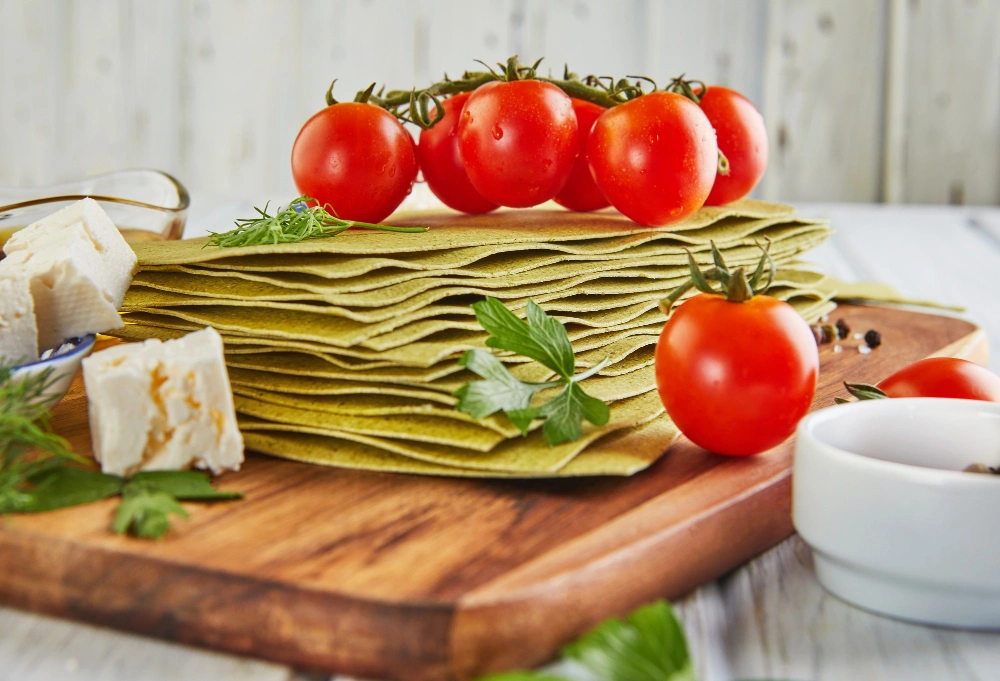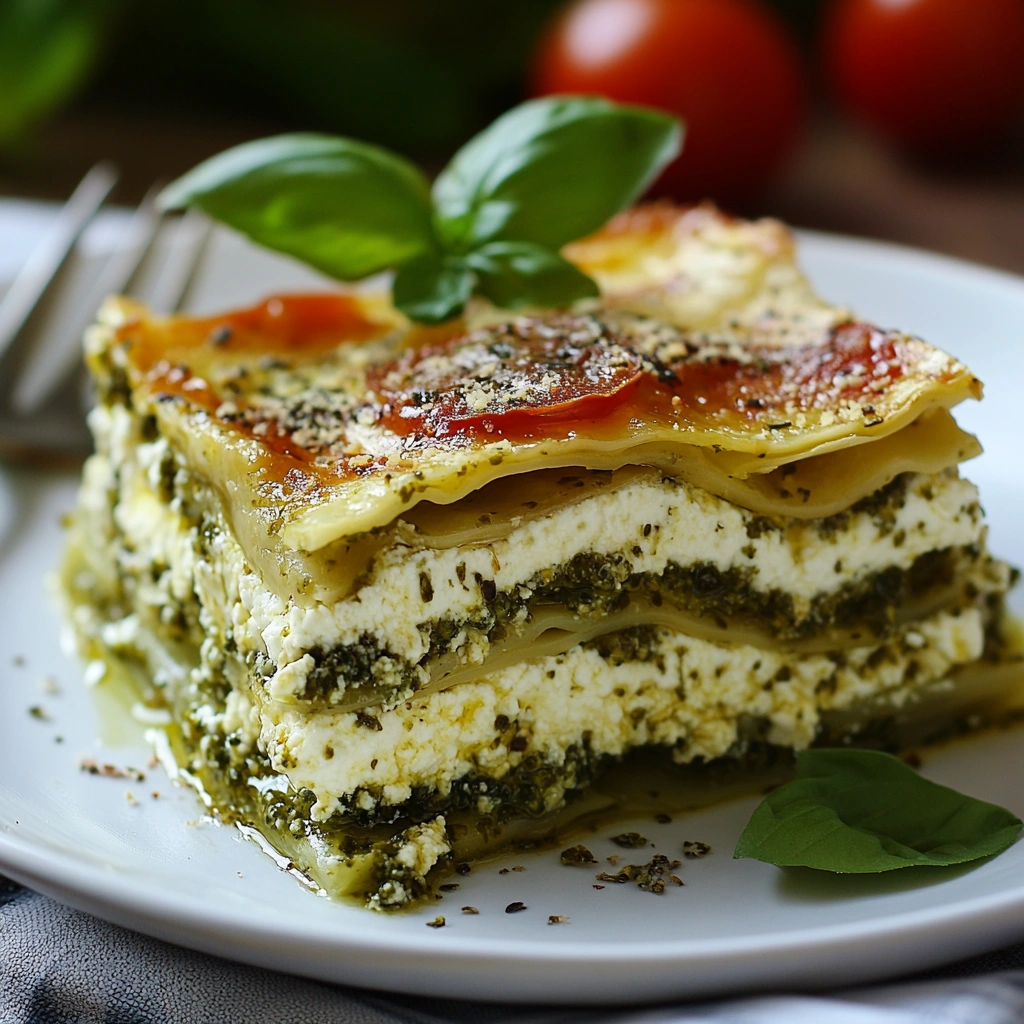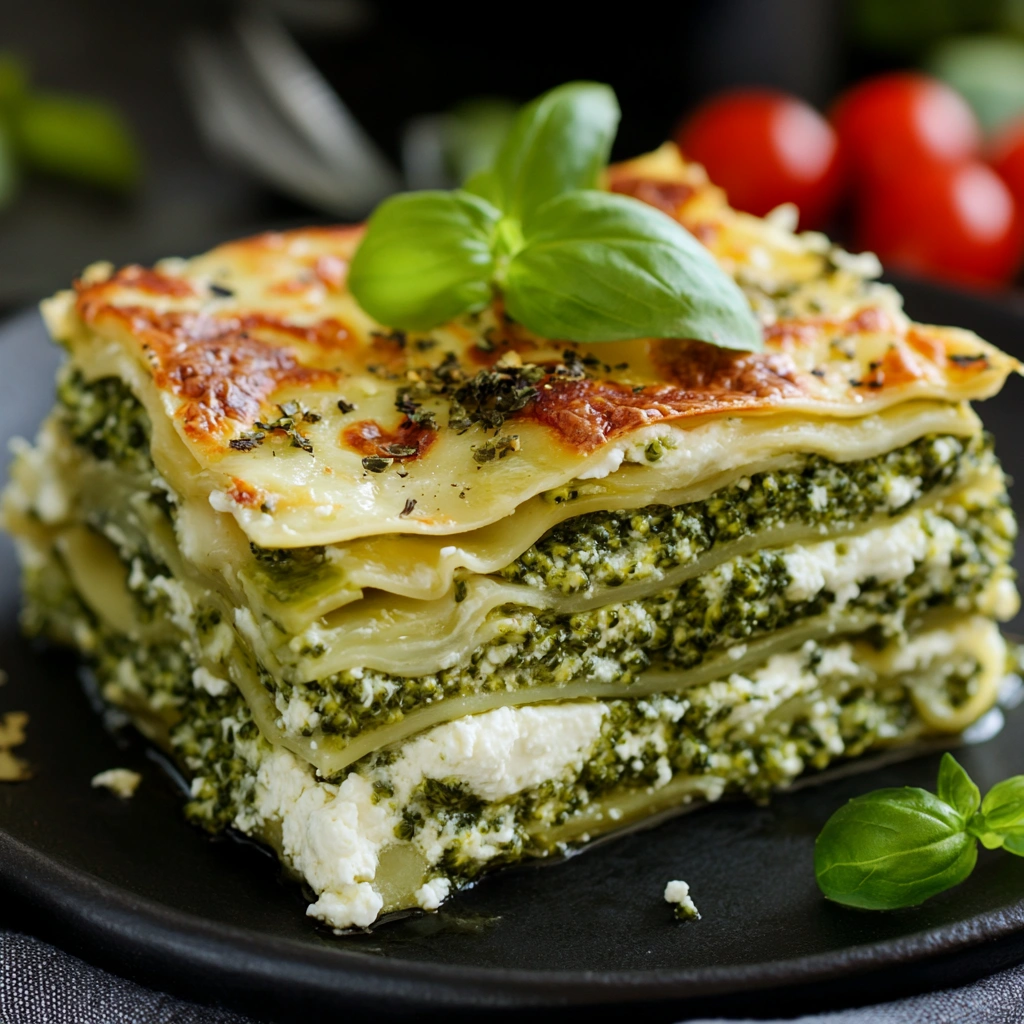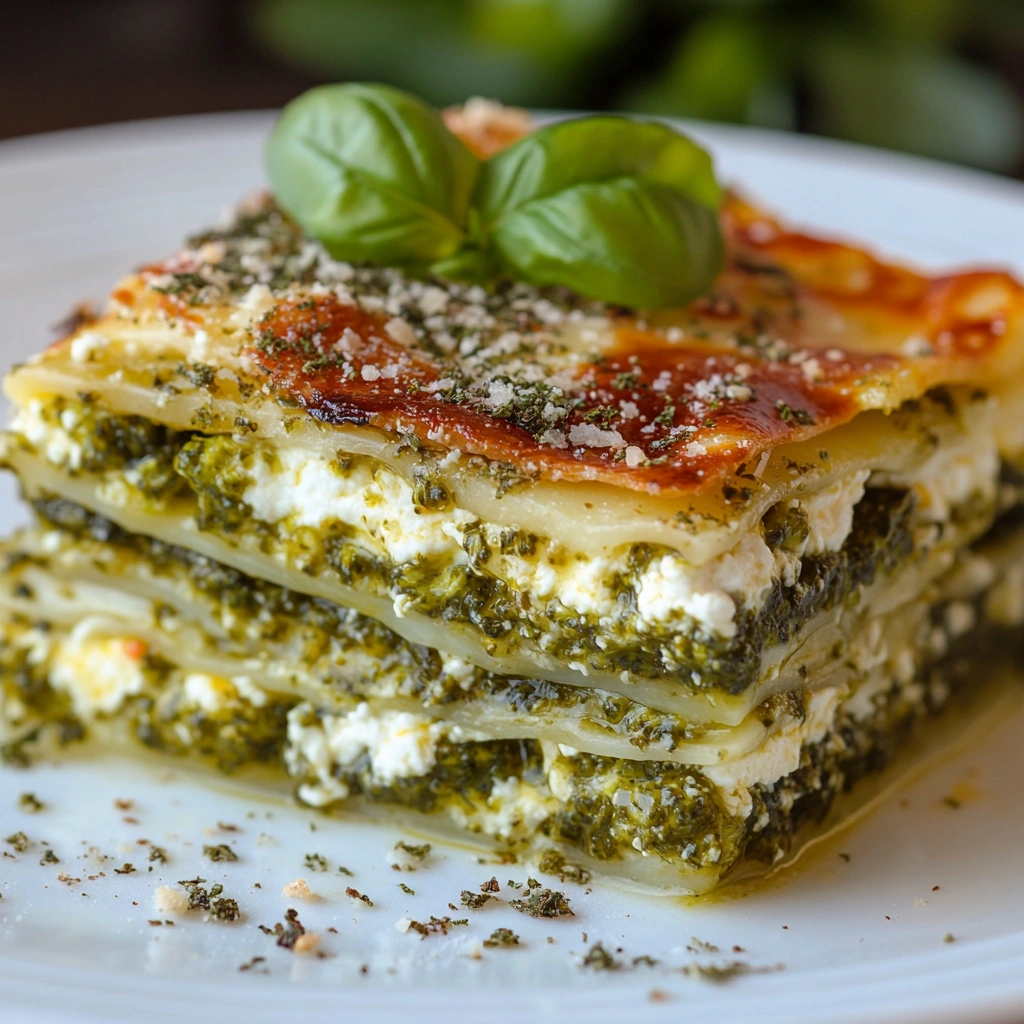Introduction
Lasagnes brocolis ricotta is a delightful dish that combines the rich flavors of ricotta cheese with the nutritious benefits of broccoli. This savory meal not only satisfies the palate but also provides essential nutrients, making it a perfect choice for health-conscious individuals. In this article, we will examine the nutritional value, ingredients, and various aspects of preparing lasagnes brocolis ricotta, ensuring you have all the information needed to create this comforting dish.
The Nutritional Value of Lasagnes Brocolis Ricotta
Understanding the nutritional value of lasagnes brocolis ricotta is crucial for those aiming to maintain a balanced diet. This dish is packed with vitamins, minerals, and proteins, primarily due to its key ingredients.
- Broccoli is rich in vitamins C and K, promoting overall health.
- Ricotta cheese contributes a significant amount of protein, making it an excellent option for muscle repair and growth.
Moreover, combining these ingredients results in a meal that supports digestion, boosts the immune system, and enhances bone health. By incorporating lasagnes brocolis ricotta into your diet, you not only enjoy a delicious dish but also gain essential nutrients that contribute to your well-being.
Ingredients: A Symphony of Flavors
Creating the perfect lasagnes brocolis ricotta begins with selecting the right ingredients. Each component plays a vital role in achieving a harmonious blend of flavors. Key ingredients include:
- Lasagne sheets: Choose between traditional or whole-grain options.
- Broccoli: Fresh or frozen, both options work well.
- Ricotta cheese: Opt for whole milk for a creamier texture.
- Sauce: Tomato sauce or béchamel adds moisture and flavor.
- Herbs and spices: Fresh basil, oregano, and garlic enhance the overall taste.
The combination of these ingredients makes lasagnes brocolis ricotta not only delicious but also visually appealing. When prepared thoughtfully, this dish can stand out as a centerpiece on any table.

Lasagne Sheets: Traditional vs. Modern for Lasagnes Brocolis Ricotta
When preparing lasagnes brocolis ricotta, selecting the right type of lasagne sheets is essential. Traditional lasagne sheets are made from wheat flour and eggs, providing a classic texture and flavor. However, modern options cater to various dietary preferences, such as:
- Whole grain: Offers additional fiber and nutrients.
- Gluten-free: Made from rice, corn, or other gluten-free grains.
- Vegetable-based: Often made from spinach or beetroot, these sheets add color and extra nutrition.
Choosing the appropriate lasagne sheets can affect the overall taste and texture of your dish. Therefore, consider your guests’ preferences and dietary needs when selecting the right option for your lasagnes brocoli ricotta.
Layering Techniques for Lasagnes Brocolis Ricotta Success
Layering is a crucial step in creating the perfect lasagnes brocolis ricotta. It not only adds visual appeal but also ensures that each bite is filled with a delightful combination of flavors. Here are some tips for successful layering:
- Start with sauce: Begin by spreading a thin layer of sauce on the bottom of your baking dish to prevent the sheets from sticking.
- Add lasagne sheets: Place your first layer of lasagne sheets over the sauce.
- Layer filling: Spread a mixture of broccoli, ricotta, and any desired herbs over the sheets.
- Repeat: Continue layering in this manner until all ingredients are used, finishing with a layer of sauce topped with cheese.
By following these steps, your lasagnes brocolis ricotta will have a well-balanced and appealing presentation, ensuring both taste and aesthetics are satisfied.
Common Variations of Lasagnes Brocolis Ricotta
While traditional lasagnes brocolis ricotta is delicious, there are numerous variations to consider. These adaptations can cater to different tastes or dietary needs. Some popular variations include:
- Meat lasagne: Incorporate ground beef or sausage for added protein.
- Vegan lasagne: Use plant-based ricotta and omit dairy altogether.
- Spinach and ricotta: Replace broccoli with spinach for a different flavor profile.
- Cheese overload: Add different cheeses such as mozzarella or parmesan for a richer taste.
These variations allow you to customize your lasagnes brocolis ricotta based on your preferences, ensuring everyone at the table finds something they enjoy.

Health Benefits of Broccoli and Ricotta
The ingredients in lasagnes brocolis ricotta offer numerous health benefits. Broccoli is known for its high levels of antioxidants, which protect the body from oxidative stress. Additionally, it contains dietary fiber, aiding digestion and promoting gut health.On the other hand, ricotta cheese provides a source of protein, crucial for muscle repair and growth. It also contains calcium, essential for maintaining strong bones. Combining these ingredients results in a dish that not only satisfies hunger but also supports overall health.Incorporating lasagnes brocolis ricotta into your diet can be a delicious way to enjoy these health benefits while indulging in a comforting meal.
Sustainability in Cooking Lasagnes Brocolis Ricotta
Sustainability is an essential consideration when preparing meals like lasagnes brocolis ricotta. By sourcing ingredients responsibly, you can create a dish that is not only tasty but also environmentally friendly. Here are some sustainable practices to consider:
- Local produce: Choose broccoli and other vegetables from local farmers to reduce carbon footprint.
- Organic ingredients: Opt for organic ricotta and other dairy products to support sustainable farming practices.
- Seasonal cooking: Prepare lasagnes brocolis ricotta with seasonal ingredients to promote biodiversity and reduce waste.
By adopting these practices, you can enjoy your lasagnes brocolis ricotta while contributing to a more sustainable food system.
FAQ’s
What does adding egg to ricotta for lasagna do?
Adding an egg to ricotta for lasagna serves to thicken the mixture and help bind the ingredients together. This results in a richer and creamier filling that holds its shape better during baking. The egg also enhances the overall texture, making it less runny and more cohesive, which is particularly important for achieving the desired consistency in lasagnes brocolis ricotta.
Why does lasagna need ricotta cheese?
Ricotta cheese is essential in lasagna because it provides a creamy texture and a mild flavor that complements the other ingredients. It adds richness to the dish, balancing the acidity of the tomato sauce and the heartiness of the pasta. Additionally, ricotta contributes protein and calcium, making lasagna a more nutritious meal option.
Does ricotta melt in lasagna?
Ricotta cheese does not melt in the same way that mozzarella does. Instead, it softens and becomes creamier when baked, blending with the other ingredients. This characteristic allows ricotta to maintain its structure while still contributing to the overall creaminess of the lasagna.
Why is my ricotta runny in my lasagna?
If your ricotta is runny in lasagna, it may be due to using a low-fat or watery version of ricotta. To prevent this, opt for full-fat ricotta and consider draining it in cheesecloth before use. This helps remove excess moisture, ensuring a thicker filling that holds up better during baking.
Why do Americans use ricotta instead of béchamel in lasagna?
Americans often use ricotta instead of béchamel in lasagna for several reasons. Ricotta is more accessible and easier to work with, providing a creamy texture without the need for additional cooking. Additionally, ricotta offers a distinct flavor that many people enjoy, making it a popular choice for lasagna recipes.
Does ricotta melt when cooked?
While ricotta does not melt like mozzarella, it does soften and become creamier when cooked. This transformation allows it to blend well with other ingredients in the lasagna, enhancing the overall texture and flavor of the dish.
Why is my ricotta not melting?
If your ricotta is not melting, it is likely because it is not designed to melt like other cheeses. Ricotta is a fresh cheese that softens when heated but does not liquefy. To achieve a creamier texture, ensure you are using full-fat ricotta and consider mixing it with other cheeses that melt well, such as mozzarella.
Will ricotta melt in pasta?
Ricotta will not melt in pasta like mozzarella or cheddar, but it will soften and blend into the dish. When mixed with hot pasta, ricotta can create a creamy sauce-like consistency, enhancing the overall flavor and texture of the dish.
Does ricotta cheese melt like mozzarella?
No, ricotta cheese does not melt like mozzarella. While mozzarella becomes gooey and stretchy when heated, ricotta softens and becomes creamier without fully melting. This difference in melting properties is why ricotta is often used in layers rather than as a topping in lasagna.

Conclusion: Enjoying Lasagnes Brocolis Ricotta
Broccoli Ricotta Lasagna is a perfect combination of creamy, cheesy goodness and wholesome nutrition. This vegetarian twist on the classic Italian dish offers a lighter yet equally satisfying alternative to traditional meat-based lasagna. The richness of ricotta cheese, the freshness of broccoli, and the comforting layers of pasta come together to create a dish that is both indulgent and nourishing.
One of the standout features of this lasagna is its balance of flavors and textures. The ricotta provides a smooth, creamy base that pairs beautifully with the slightly earthy, mildly sweet taste of broccoli. When combined with melted mozzarella and Parmesan, the dish takes on a deliciously gooey texture, while the pasta layers absorb all the flavors, making each bite irresistibly satisfying. Adding garlic, herbs, and a hint of nutmeg enhances the overall depth of flavor, ensuring a perfectly seasoned dish.
Not only is Broccoli Ricotta Lasagna delicious, but it is also packed with nutritional benefits. Broccoli is a superfood rich in vitamins C and K, fiber, and antioxidants, making it an excellent choice for boosting overall health. Ricotta cheese, being a good source of protein and calcium, adds to the nutritional value while keeping the dish creamy without being overly heavy. Opting for whole wheat lasagna noodles or a gluten-free alternative can make it even healthier, catering to different dietary needs.
Another great advantage of this lasagna is its versatility. You can customize it by adding other vegetables like spinach, zucchini, or mushrooms for extra flavor and nutrition. You can also experiment with different cheeses or even incorporate a light béchamel sauce for a richer texture. Whether served as a main course for a family dinner or as a make-ahead meal for the week, this lasagna is both convenient and satisfying.
In conclusion, Broccoli Ricotta Lasagna is a fantastic dish that combines the comfort of traditional lasagna with the benefits of a vegetarian, nutrient-rich alternative. It’s a perfect choice for those looking to enjoy a wholesome yet indulgent meal that is easy to prepare and guaranteed to please. Whether you’re a vegetarian or just looking to add more plant-based meals to your diet, this lasagna is a must-try. So, preheat your oven, layer up those ingredients, and enjoy a warm, cheesy, and flavorful lasagna that’s both healthy and delicious!

